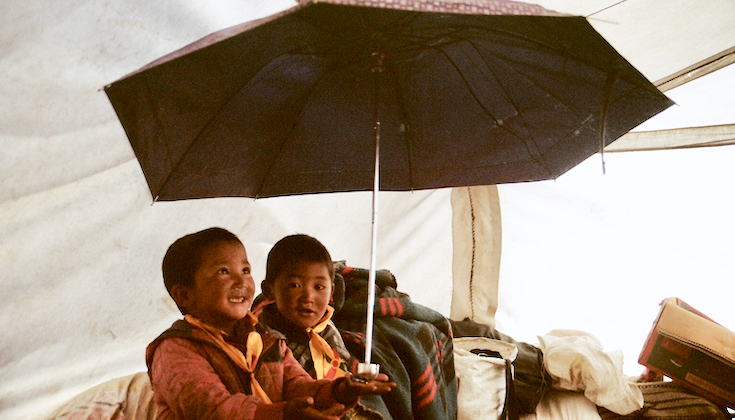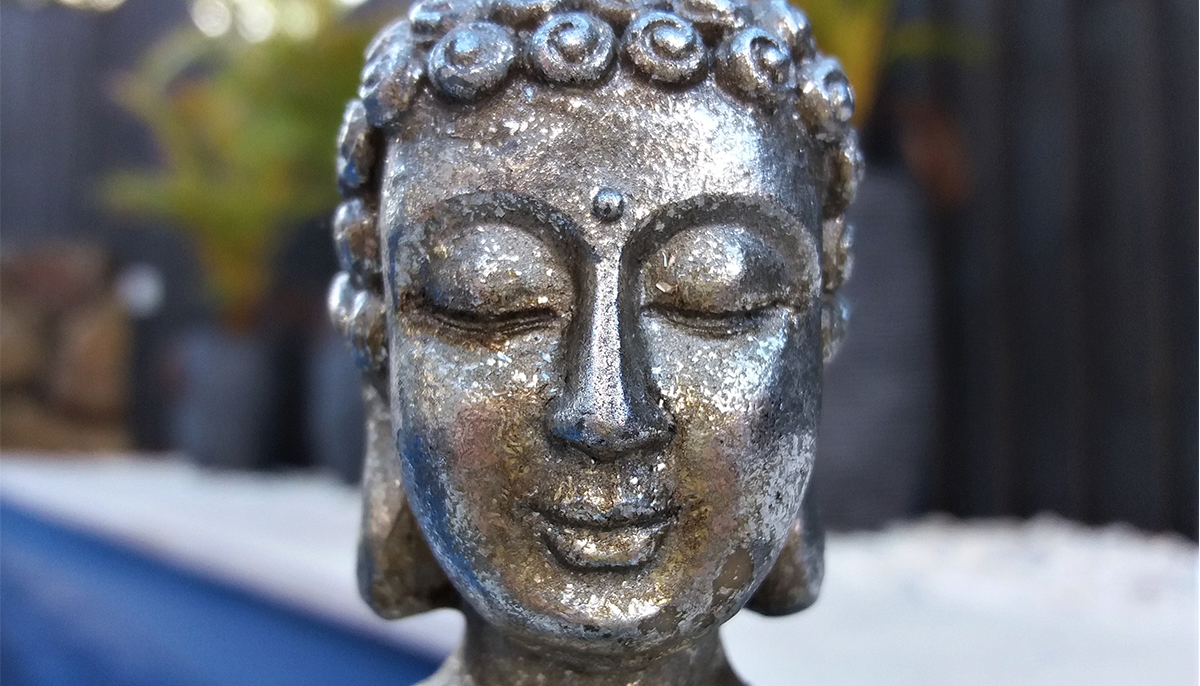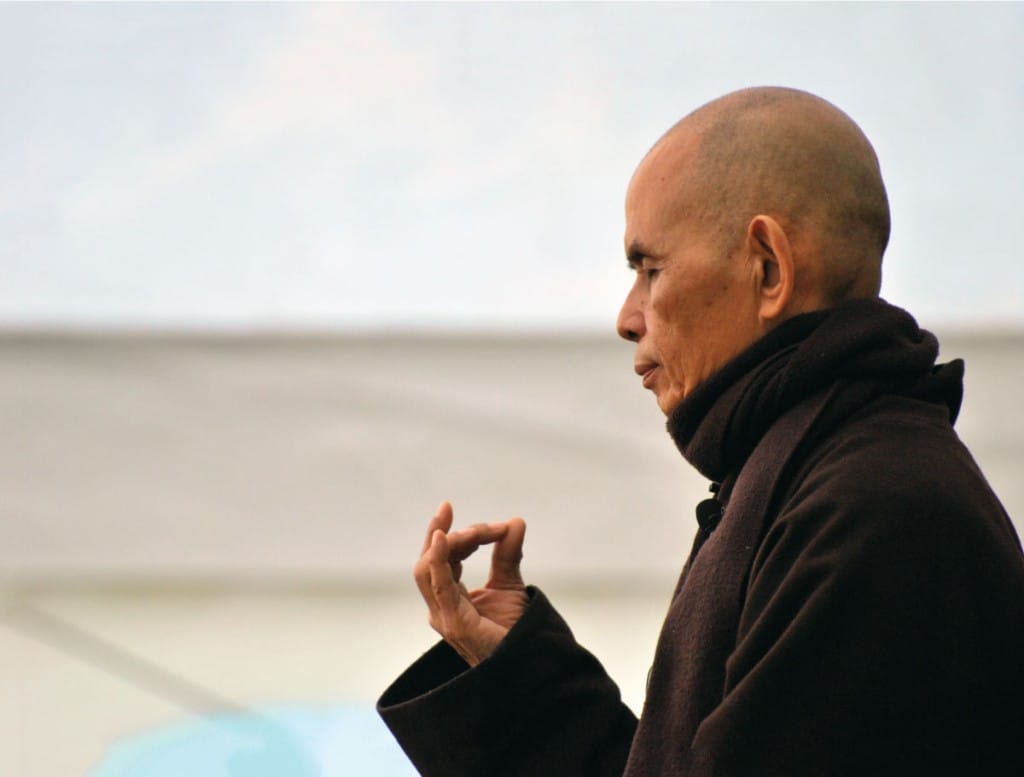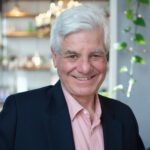Here is a heresy: Buddhism is not only self-help, it’s the ultimate self-help.
Many people would consider this a heresy because it appears to violate one of Buddhism’s central principles—nonself. If there’s no self, how can there be self-help?
But nonself doesn’t mean there’s no self. We exist, obviously. What nonself really means is non-mistaken-self. The “mistaken self” — sometimes called “ego” — is a single, separate entity with some sort of unchanging essence. It doesn’t really exist. But, because we believe it does, we generate anger, lust, and indifference to defend it, and cause ourselves and others endless suffering. In Buddhism, that’s called samsara.
So we can find happiness by awakening to the true nature of things. How? By following a path of meditation, wisdom, and ethical living.
Nonself is a description of what isn’t, not what is. But it points us toward what is: our true self, whose discovery brings happiness and joy. The truth of nonself stops the suffering we cause ourselves needlessly and helps us to discover ultimate happiness. It’s the best self-help of all.
What then is our true self? Some Buddhist traditions won’t even talk about it, because we might solidify it into just another version of ego. That’s also why many Buddhists criticize self-help: in trying to ease our suffering, it can solidify the very ego that causes the suffering.
Mahayana Buddhist traditions go so far as to give our true self a name — like enlightenment, buddhanature, or, as Suzuki Roshi called it, “big mind” — and to describe some of its characteristics, such as wisdom, compassion, and openness. But even these are just signposts for our journey, and shouldn’t be taken too concretely. All we can say with certainty is that true self is free of every aspect of mistaken self.
This is all summarized in the Buddha’s four noble truths. We suffer. Why? Because of our mistaken understanding of who we are and what we experience. So we can find happiness by awakening to the true nature of things. How? By following a path of meditation, wisdom, and ethical living. It’s the world’s first and greatest self-help formula.
Here are some teachings from the Lion’s Roar archive that take us deeper into this heretical thesis.
—Melvin McLeod, editor-in-chief
5 Practices for Nurturing Happiness
For a Mahayana view, “5 Practices for Nurturing Happiness,” by the great Zen master Thich Nhat Hanh, teaches us techniques both to help us see through our false sense of self and to uncover the true, joyful self it obscures.
“When we practice mindful breathing or mindful walking, we bring our mind home to our body and we are established in the here and the now. We feel so lucky; we have so many conditions of happiness that are already available. Joy and happiness come right away. So mindfulness is a source of joy. Mindfulness is a source of happiness.”
We Always Have Joy

Finally, from the Vajrayana teachings of Tibet, Yongey Mingyur Rinpoche assures us that “We Always Have Joy.” Just as the sun never stops shining but is merely hidden by clouds, your buddhanature, joyous and awake, is always there. Catch a gap between your thoughts and you can glimpse it right now.
“Buddhanature, however, is not a formal title. It’s not a characteristic exclusive to the historical Buddha or to Buddhist practitioners. It’s not something created or imagined. It’s the heart or essence inherent in all living beings: an unlimited potential to do, see, hear, or experience anything. Because of buddhanature we can learn, we can grow, we can change. We can become buddhas in our own right.
Buddhanature can’t be described in terms of relative concepts. It has to be experienced directly, and direct experience is impossible to define in words.”


